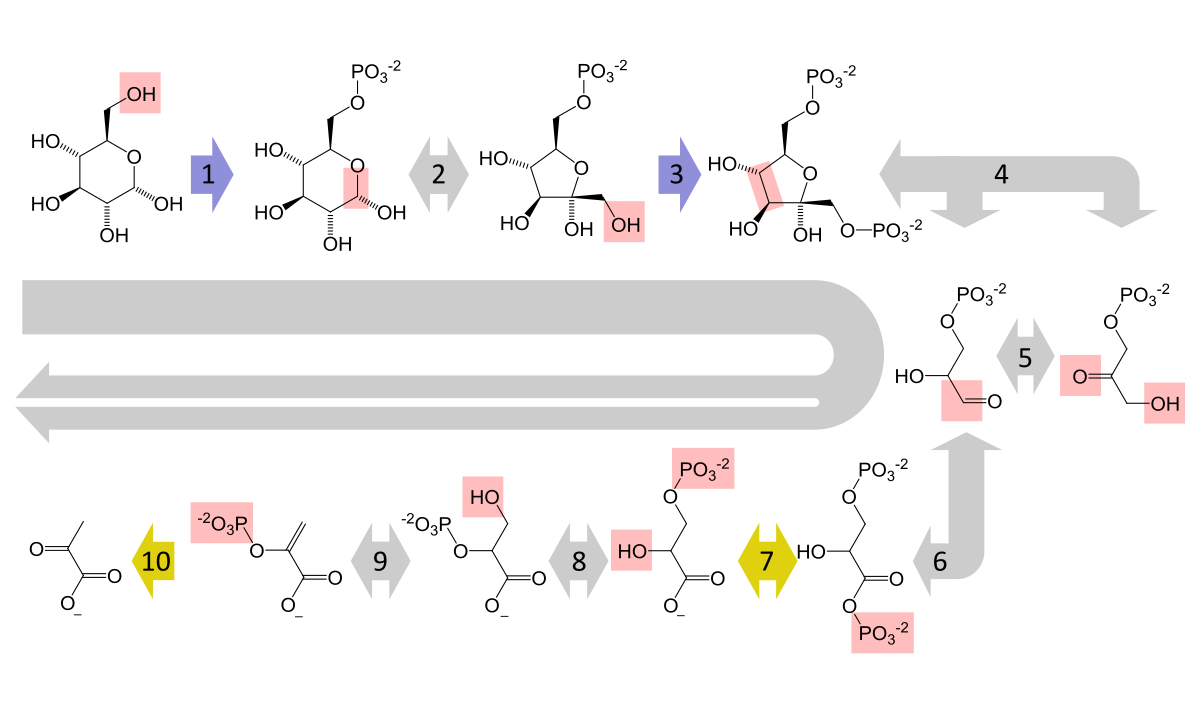D
Deleted member 30959
Luminary
- Joined
- Jun 16, 2023
- Posts
- 8,753
- Reputation
- 14,497
The entire premise of the "zero carb" diet is that humans went nearly their entire existence only eating meat from animals. This is true however there is one very important detail that all zero carb dieters miss: Glycogen in fresh meat and organs
Glycolysis, the conversion of sugar to lactic acid doesn't rampantly occur until 24-48 HOURS of an animal being killed, in very cold climates, glycolysis doesn't occur until a week after the animal being killed (doesn't matter in nature, humans eat the animal right away). Now going back to the zero carb theory, if humans ate only meat, its obvious that they ate all of the meat from the animal after killing it, NEARLY RIGHT AWAY or 24 hours AT THE VERY MOST but highly unlikely. It's not even an assumption, every tribe that exists on earth today usually eats the entire animal right after killing it. If you eat freshly killed raw meat, it tasted sweet. Not even taking into account that IF TRIBES EAT HONEYCOMB AND FRUITS, WHY WOULDN'T YOUR ANCESTORS? THIS SHOULD BE ENOUGH PROOF ALREADY.
The amounts of glycogen in various animal tissues can vary depending on the species, diet, and other factors. Here are some general estimates for glycogen content in different animal tissues:
Liver:
Approximately 100 to 150 grams of glycogen per kilogram (kg) of liver.
Skeletal muscle (MUSCLE MEAT):
Skeletal muscle is the primary type of meat consumed by humans. When you eat cuts of meat like beef, chicken, pork, lamb, or fish, you are primarily eating the skeletal muscles of the animal. This includes familiar cuts such as:
Steaks (from cows)
Chicken breasts, thighs, wings (from chickens)
Pork chops (from pigs)
Fish fillets (from fish)
Glycogen content in skeletal muscle can range from 300 to 600 grams per kg of muscle tissue, depending on the muscle type and the animal's activity level prior to slaughter.
Kidney:
Glycogen content in the kidneys is typically around 10 to 20 grams per kg of kidney tissue.
Heart:
The heart muscle contains glycogen in amounts roughly 30 to 50 grams per kg of heart tissue.ms of glycogen.
There is glycogen in blood too but I couldn't find any info cause normies are scared of it

 en.wikipedia.org
en.wikipedia.org

 www.mdpi.com
www.mdpi.com
@Never Get Up @AlbinoMaxxer @thereallegend @cromagnon
Glycolysis, the conversion of sugar to lactic acid doesn't rampantly occur until 24-48 HOURS of an animal being killed, in very cold climates, glycolysis doesn't occur until a week after the animal being killed (doesn't matter in nature, humans eat the animal right away). Now going back to the zero carb theory, if humans ate only meat, its obvious that they ate all of the meat from the animal after killing it, NEARLY RIGHT AWAY or 24 hours AT THE VERY MOST but highly unlikely. It's not even an assumption, every tribe that exists on earth today usually eats the entire animal right after killing it. If you eat freshly killed raw meat, it tasted sweet. Not even taking into account that IF TRIBES EAT HONEYCOMB AND FRUITS, WHY WOULDN'T YOUR ANCESTORS? THIS SHOULD BE ENOUGH PROOF ALREADY.
The amounts of glycogen in various animal tissues can vary depending on the species, diet, and other factors. Here are some general estimates for glycogen content in different animal tissues:
Liver:
Approximately 100 to 150 grams of glycogen per kilogram (kg) of liver.
Skeletal muscle (MUSCLE MEAT):
Skeletal muscle is the primary type of meat consumed by humans. When you eat cuts of meat like beef, chicken, pork, lamb, or fish, you are primarily eating the skeletal muscles of the animal. This includes familiar cuts such as:
Steaks (from cows)
Chicken breasts, thighs, wings (from chickens)
Pork chops (from pigs)
Fish fillets (from fish)
Glycogen content in skeletal muscle can range from 300 to 600 grams per kg of muscle tissue, depending on the muscle type and the animal's activity level prior to slaughter.
Kidney:
Glycogen content in the kidneys is typically around 10 to 20 grams per kg of kidney tissue.
Heart:
The heart muscle contains glycogen in amounts roughly 30 to 50 grams per kg of heart tissue.ms of glycogen.
There is glycogen in blood too but I couldn't find any info cause normies are scared of it

Glycolysis - Wikipedia

Post-Mortem Energy Metabolites, Glycolytic Potential, and Meat Quality Attributes from of Dorper and Merino Lambs
This study was conducted to evaluate the susceptibility of the Dorper and Merino breeds to pre-slaughter condition stress at a commercial abattoir and how it affects the quality of the meat produced. The objective of this study was to investigate differences in post-mortem energy metabolites...
@Never Get Up @AlbinoMaxxer @thereallegend @cromagnon

